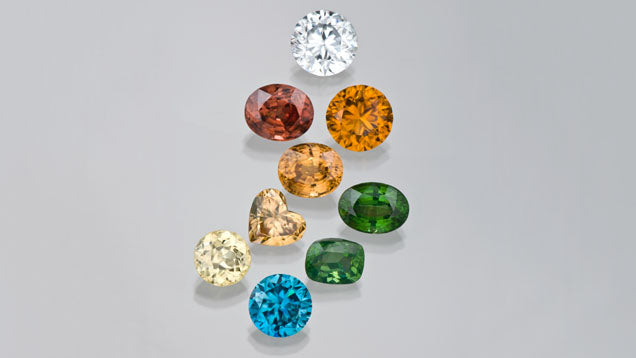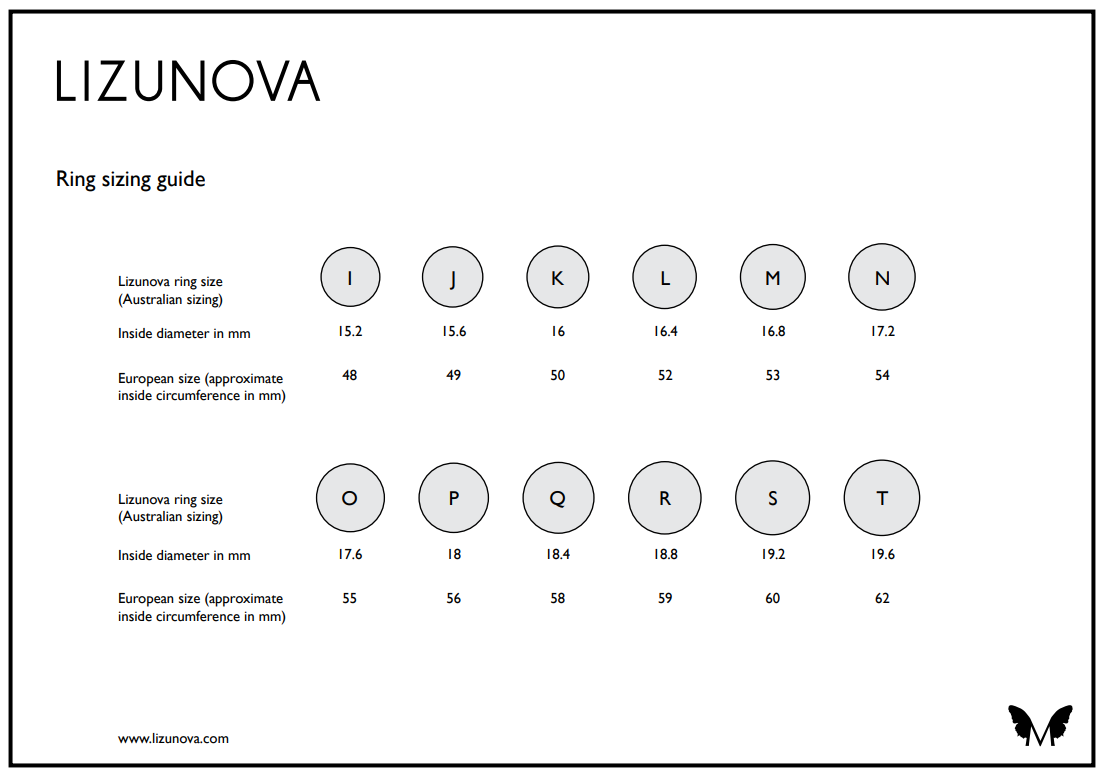Star light, Star bright, First star I see tonight.
At the beginning of the 20th century, the legendary gem buyer for Tiffany & Co., George Frederik Kunz, attempted to come up with an appealing name for a very beautiful, brilliant gem with the rather ugly name of zircon. He decided because of the stone's vibrant optical properties that Starlight would be a suitable moniker that would hopefully catch on in the jewellery trade. Unfortunately, it didn't, and zircon was stuck with its unattractive name. Tiffany & Co. had much better success later in the 1960s renaming the purple/blue variety of zoisite as Tanzanite.
To make matters worse for poor zircon, it was used as a diamond substitute during the 1950's and 60's to be then superseded by the synthetic gemstone named Cubic Zirconia in the 1970's and synthetic moissanite in the late 1990's. Not only was zircon considered a poor man's diamond it was also thought to be synthetic due to the similarity in name to cubic zirconia. Both gems contain zirconium in their formulas: zircon is a naturally occurring zirconium silicate while cubic zirconia is a laboratory created form of zirconium dioxide.
Luckily for gem lovers and collectors, zircon is now finally receiving the admiration it truly deserves. It comes in a wide range of colours including green, blue, colourless, orange, yellow, red, brown and black. Some zircons have a fabulous pinky-brown colour that is very feminine and appealing. Zircon has high dispersion, which means it splits white light into its spectral colours in a similar fashion to diamond, resulting in rainbow-ike flashes. It also has a very high lustre, known as sub-adamantine, which also resembles the lustre of diamond. It has reasonably good hardness at 7.5 on the Mohs scale so it's suitable for ring settings however it has a brittle tenacity (poor ability to absorb shock) so bezel settings are highly suitable if a zircon ring is to be worn frequently.
World sources include Cambodia, Madagascar, Myanmar, Sri Lanka, Vietnam, Thailand, Tanzania, China and Australia. Zircon is the oldest mineral on earth, dating back to 4.4 billion years. Australia is the world leader in zircon mining and the most famous Australian deposit is at Mud Tank Zircon Field in the Harts Range area, Northern Territory. The gem quality zircons found in this location reflect the earthy colours of the landscape and come in golds, Champagnes, pinks, plums, sherry colours and browns. They can be heat treated to become colourless but will not turn blue like the material found in Kampuchea.
The lore surrounding zircon from the Medieval period is that it promoted a good night's sleep, brought prosperity and enhanced honour and wisdom in its owner. The modern take on the metaphysical properties of zircon is that it grounds one and will work with the chakras to reactivate sluggish energy and will assist you to achieve your aims. A handy stone to have on board!
We at Lizunovahope that you enjoy discovering the delightful properties of zircon and that it will be become part of your jewellery collection. If you would like to view a selection of these sparkling wonders please contact us for an appointment.
Photo Credit: gia.edu




